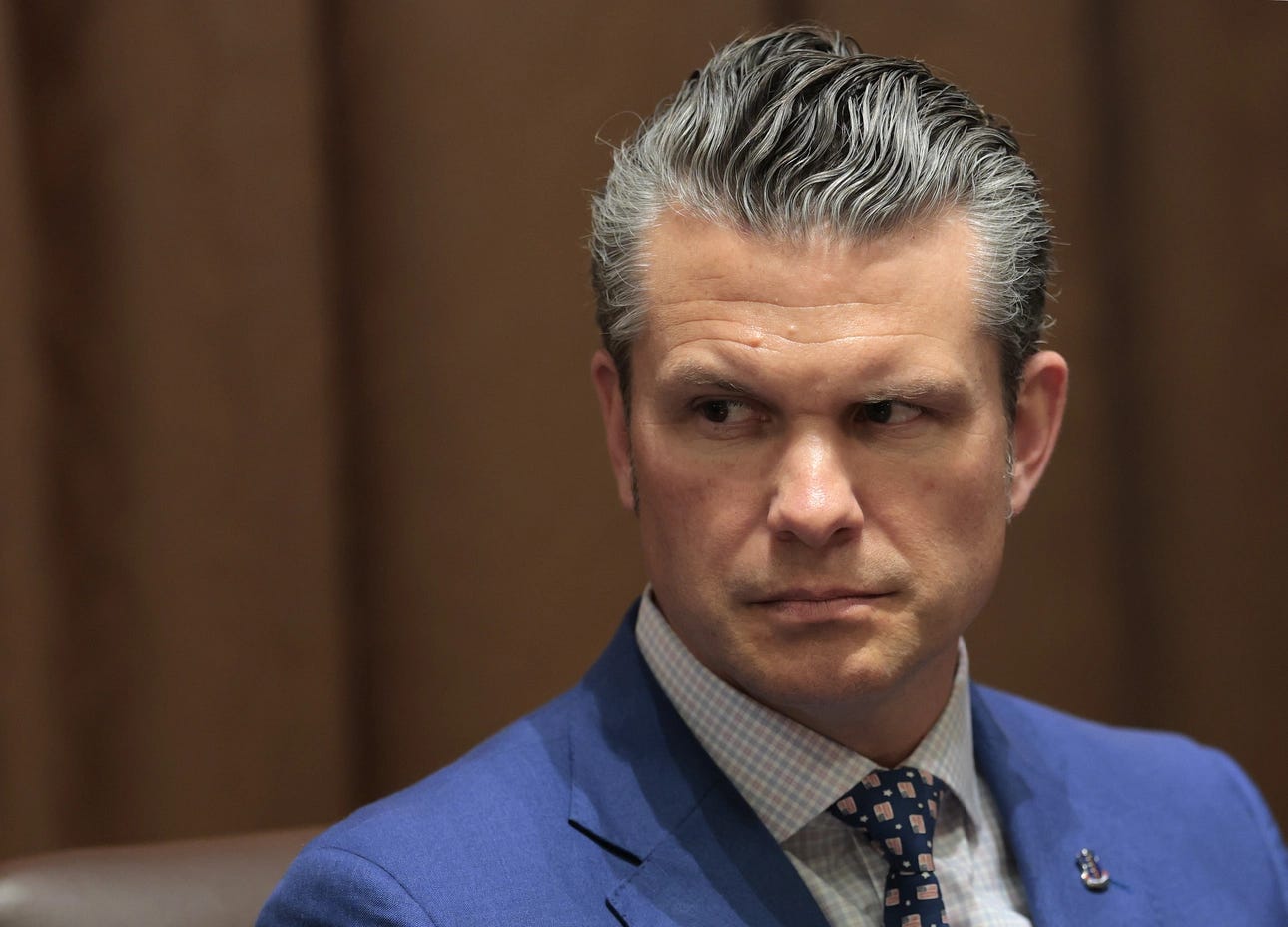Pentagon Drama
What’s Really Going On?

Hey everyone, after taking a brief hiatus to work with political organizations and volunteer my time, I’m back with a deep dive into the recent chaos at the Pentagon. It turns out things have been far from smooth at one of America’s most important institutions, and there’s been a whirlwind of shake-ups that leave us wondering what the real story is.
When Routine Turns Into a Purge
Here’s the scoop: a series of high-profile firings has rocked the Pentagon. Key figures like Dan Caldwell, Darin Selnick, and Colin Carroll were abruptly shown the door. What might have started as a routine personnel change quickly spiraled into what former Pentagon spokesperson John Ullyot described in his recent Politico piece as a full-blown meltdown. According to Ullyot, rumors of internal feuds, mismanagement, and even misleading explanations, like claims that these folks had leaked sensitive info, have been swirling. Some of the fired aides even took to social media, saying they had no clue why they were let go, pointing to issues far deeper than mere personality clashes.
The Hegseth Effect: Leadership in the Hot Seat
At the center of all this chaos is Defense Secretary Pete Hegseth. Ullyot’s account paints a picture of a leader struggling to keep his department together. Hegseth has come under heavy fire for managing leaks of sensitive military details via secure channels like Signal. Despite official claims tying the firings to those leaks, there’s no evidence, just conflicting internal narratives. This mix of questionable explanations and rapid dismissals has left many wondering if the real issue is a profound breakdown in accountability and competence.
Bigger Than Just the Pentagon
This isn’t just a Pentagon problem, it’s a wake-up call for the entire government. When an institution as crucial as this faces internal strife, it sends shockwaves far beyond its walls. With Hegseth losing top aides (including Joe Kasper, who’s now stepping away for a new role), the leadership vacuum is growing. Insiders are whispering that the purge could be deliberately covering up deeper issues, and as more rumblings hint at additional firings, the situation only gets murkier. It’s not just about a few broken careers; it’s about safeguarding our national security and restoring trust in leadership.
The Road to Recovery
So, what now? The Pentagon’s path to recovery starts with a serious shift toward transparency and accountability. This means moving away from political maneuvers and back to a focus on genuine competence and clear communication. If the department can tackle these internal missteps head-on, without resorting to cover-up tactics or smearing colleagues on social media, it might just pull itself together and set a precedent for reform across other government bodies.
Wrapping It Up
In a nutshell, the recent Pentagon drama is about more than just who got fired, it’s a spotlight on systemic issues that risk undermining the very foundation of our national security. This unfolding situation forces us to ask tough questions about leadership and the role technology plays in modern institutions. How can we turn these challenges into opportunities for real reform and accountability?
This situation not only highlights the importance of a stable, transparent leadership but also invites us to look deeper at how digital communication can both support and sabotage organizational integrity. What lessons can other institutions learn from the Pentagon’s drama? And how can emerging technologies be harnessed to build trust rather than fuel internal chaos? I'd love to hear your thoughts on these reforms and any ideas you have on making our institutions more resilient.


